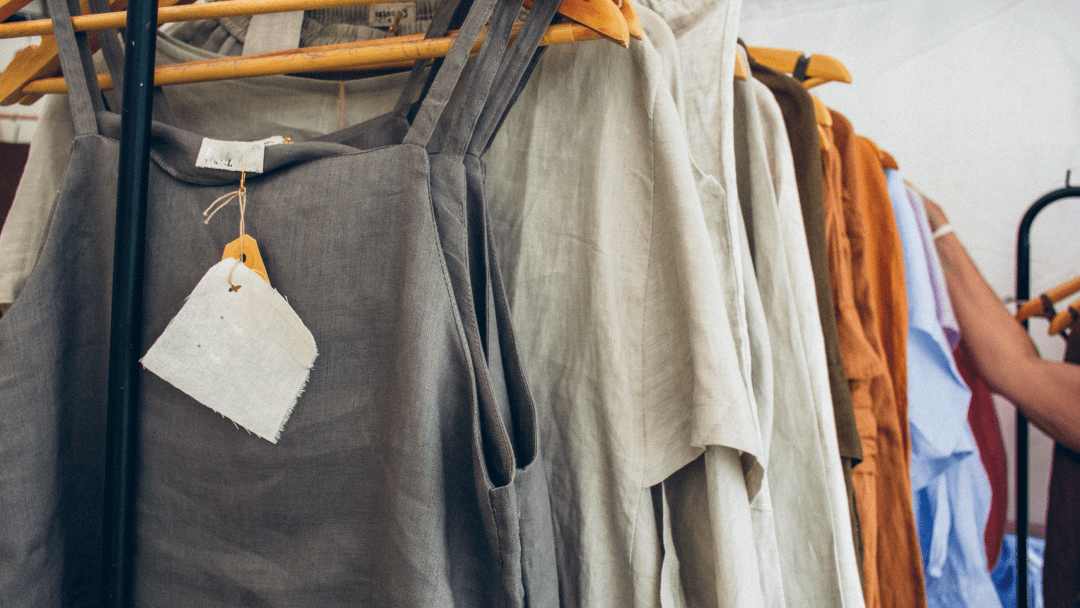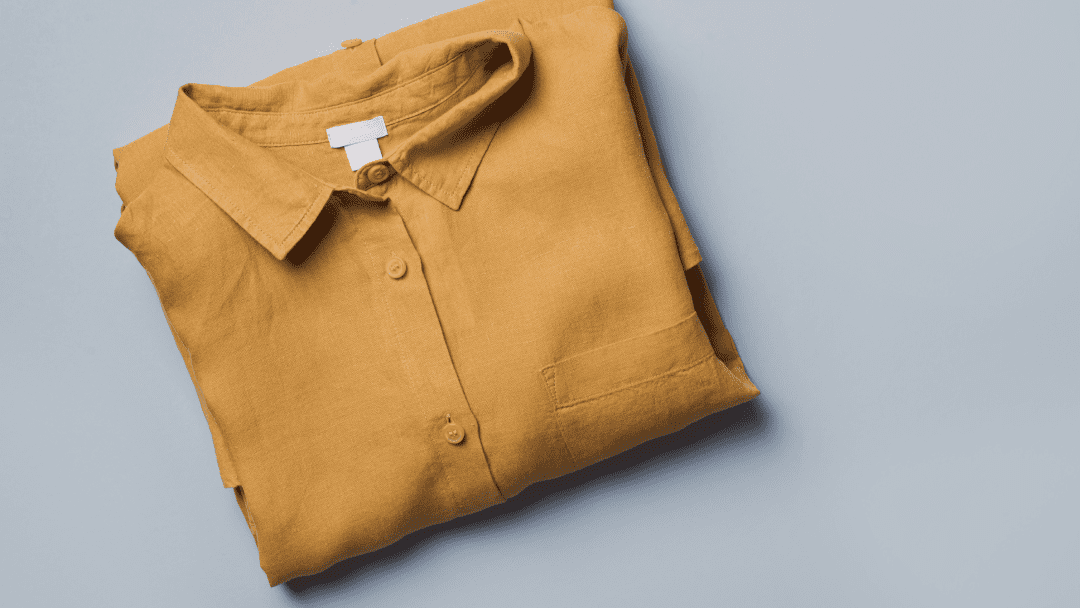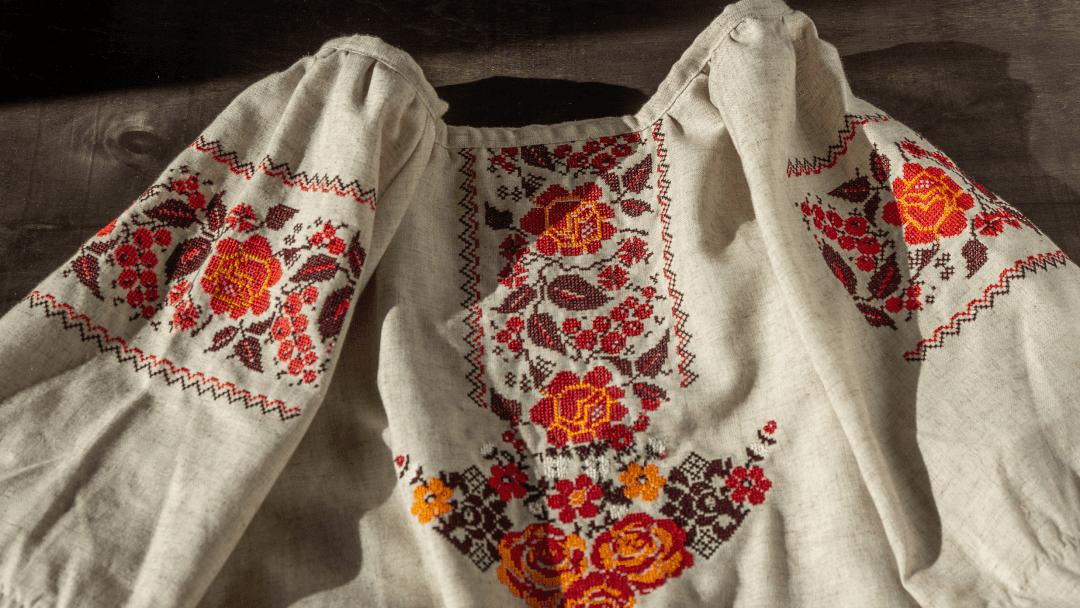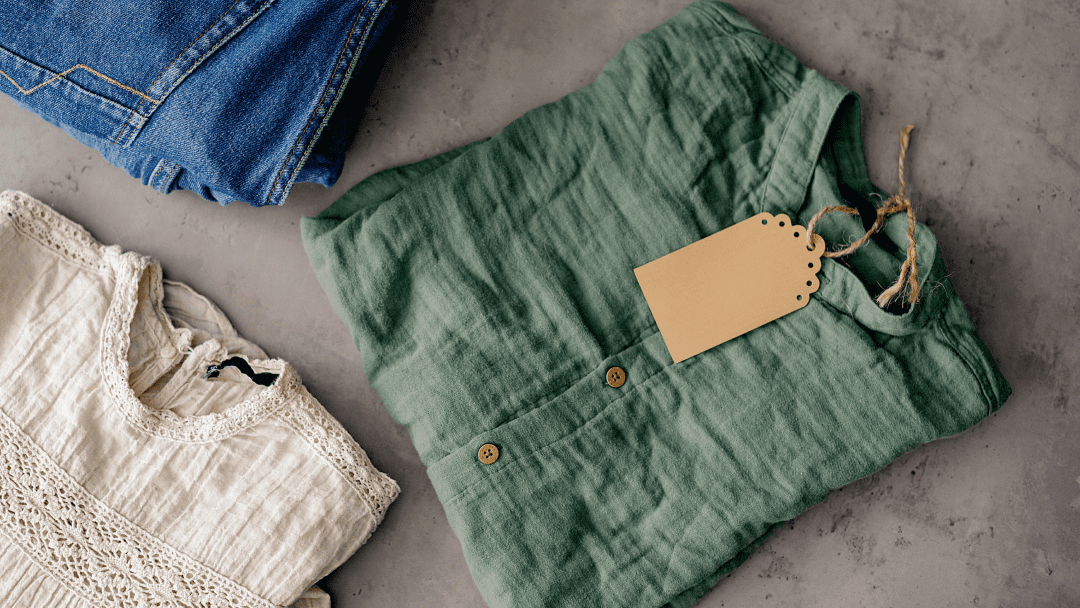In the domain of textile production, linen shirt manufacture stands out as a nuanced and intricate process, blending craftsmanship with modern manufacturing techniques. The journey from raw linen fabric to the finished shirt involves a series of meticulously orchestrated steps, each crucial in shaping the final product. Efficient production in this domain is paramount, not only to meet market demands but also to maintain competitiveness in the industry.
For private labeling entities and merchandisers venturing into linen shirt manufacture, understanding the intricacies of production is essential for ensuring quality outcomes and streamlined operations.
Essential Steps for Quality Linen Shirt Manufacture

In the context of linen shirt manufacture, comprehending the intricacies of linen fabric is fundamental. Linen, known for its natural elegance and breathability, possesses distinct characteristics that contribute to the allure of linen shirts. Understanding these traits, such as its lightweight and moisture-absorbing properties, is pivotal in crafting high-quality garments. Equally important is the process of sourcing quality linen material. Manufacturers must meticulously select suppliers renowned for their commitment to sustainability and excellence in linen production.
This ensures the availability of premium-grade linen fabric, essential for creating durable and luxurious shirts. Furthermore, preparing linen fabric for production entails various steps, including inspection, washing, and ironing. Proper preparation guarantees that the fabric is free from defects and ready to undergo the manufacturing process seamlessly.
By delving into the characteristics, sourcing, and preparation of linen fabric, manufacturers can lay a solid foundation for the production of exceptional linen shirts.
Timeless Elegance: The Art of Designing Linen Shirts

The design phase holds significant importance, dictating the aesthetics and appeal of the final product. Choosing suitable designs for linen shirts involves a careful balance between style and functionality. Manufacturers must consider factors such asselecting appropriate design, customization, and collaboration option.
A. Selecting Appropriate Designs:
- Considering the Target Market: Understanding the preferences and tastes of the intended consumer demographic is paramount when selecting designs for linen shirts. Factors such as age group, lifestyle, and fashion preferences should be taken into account to ensure the shirts resonate with the target audience.
- Incorporating Timeless Styles: While it’s essential to stay updated with current fashion trends, incorporating timeless design elements ensures the longevity and versatility of linen shirts. Classic collar styles, clean lines, and simple yet elegant details contribute to the enduring appeal of the shirts.
- Balancing Style and Functionality: Design choices should strike a balance between aesthetics and practicality. Linen shirts are favored for their lightweight and breathable nature, so designs should enhance these features while still offering a fashionable look.
B. Exploring Customization Options:
- Understanding Consumer Preferences: Customization options allow manufacturers to cater to the diverse preferences of consumers. Surveying target markets and gathering feedback can provide valuable insights into desired customization features, such as monograms, contrasting trims, or unique button selections.
- Offering Personalization Opportunities: Personalization adds a touch of exclusivity and individuality to linen shirts. Providing options for customers to customize aspects like sleeve length, fit, or pocket styles allows them to create garments tailored to their specific preferences and body types.
- Leveraging Digital Tools: Digital technologies enable efficient and precise customization processes. Utilizing design software and virtual fitting tools streamlines the customization experience for both manufacturers and customers, ensuring accuracy and satisfaction.
C. Collaborating with Design Experts:
- Harnessing Design Expertise: Collaboration with experienced designers and fashion experts enriches the design process. Their industry knowledge, creative insights, and trend forecasting abilities contribute to the development of innovative and market-relevant linen shirt designs.
- Incorporating Sustainable Practices: Design experts can guide manufacturers in integrating sustainable design practices into linen shirt production. From selecting eco-friendly materials to implementing waste reduction strategies, sustainable design principles align with contemporary consumer values and industry trends.
- Ensuring Brand Cohesion: Collaborating with designers allows manufacturers to maintain brand identity and cohesion across their linen shirt offerings. By aligning design elements with brand aesthetics and values, manufacturers strengthen brand recognition and appeal to loyal customers while attracting new ones.
Efficient Production Practices: Ensuring Quality in Linen Shirt Manufacturing

Efficient production practices are integral to ensuring the quality and success of linen shirt manufacturing. From meticulous planning and acquisition of essential equipment to skilled craftsmanship and stringent quality control measures, every aspect of the production process plays a crucial role in delivering exceptional linen shirts to the market.
By adhering to industry best practices and prioritizing excellence at every stage, manufacturers can meet the demands of discerning customers and establish a reputation for superior quality in linen shirt manufacturing.
A. Preparing for Production Excellence
- Strategic Planning and Scheduling: Thorough planning and scheduling of production processes are crucial. This involves creating a detailed timeline for each production stage to optimize efficiency and resource allocation.
- Acquiring Essential Equipment and Machinery: Procuring high-quality equipment and machinery is essential for smooth production workflows. Investing in modern tools enhances productivity and contributes to the quality of the final linen shirts.
- Training and Skill Development for Production Staff: Providing comprehensive training programs ensures that production staff are equipped with the necessary expertise to excel in their roles, enhancing overall efficiency and quality.
B. Streamlining the Production Process
- Precision Cutting and Pattern Making: Utilizing cutting-edge technology ensures accurate cutting and alignment of fabric pieces according to predefined patterns, laying the foundation for impeccable garment construction.
- Masterful Sewing and Stitching Techniques: Skilled craftsmen employ various stitching techniques to create linen shirts that meet the highest standards of quality, durability, and aesthetic appeal.
- Seamless Assembly of Shirt Components: Meticulously joining fabric pieces ensures proper alignment and symmetry, resulting in visually appealing and structurally sound linen shirts.
C. Ensuring Excellence through Quality Control
- Rigorous Fabric Inspection Before Production: Thoroughly inspecting fabric for defects minimizes waste and ensures that only high-quality material is used in shirt manufacturing.
- Continuous Monitoring for Consistency: Implementing quality control checkpoints throughout production ensures uniformity and allows for prompt identification and rectification of deviations from standards.
- Comprehensive Final Checks on Finished Linen Shirts: Conducting final inspections ensures that only flawless linen shirts reach the market, meeting the expectations of discerning customers.
Key Takeaways and Consultation with OL Garment

In conclusion, mastering the intricacies of linen shirt manufacturing is essential for achieving excellence in the industry. By implementing strategic planning, acquiring quality equipment, and investing in staff training, manufacturers can streamline production processes and ensure top-notch quality.
From precision cutting to rigorous quality control, every step contributes to crafting impeccable linen shirts. Readers of this article will gain valuable insights into the production journey and the importance of efficient practices in delivering high-quality garments. If you’re interested in linen shirt or other garment production, don’t hesitate to consult OL Garment. Fill out the Get in Touch form for tailored solutions to meet your specific needs.
[FAQ]
1. What are the key steps in linen shirt manufacturing?
Linen shirt manufacturing involves several essential steps, including fabric selection, design, cutting, sewing, and quality control. Each stage requires precision and attention to detail to ensure the creation of high-quality garments.
2. How can I ensure the quality of linen fabric for shirt production?
To ensure the quality of linen fabric, it’s essential to source from reputable suppliers known for their commitment to excellence and sustainability. Conduct thorough inspections for defects and inconsistencies before proceeding with production.
3. What are the common challenges in linen shirt manufacturing?
Common challenges in linen shirt manufacturing include maintaining consistent quality, managing production timelines, and addressing issues such as shrinkage and wrinkling. Proper planning, training, and quality control measures are crucial in overcoming these challenges.
4. How can customization options enhance linen shirt production?
Customization options allow manufacturers to cater to diverse consumer preferences, offering opportunities for personalization and differentiation in the market. By providing customization features such as monograms or unique detailing, manufacturers can meet the specific needs and tastes of their customers.
5. What role does quality control play in linen shirt manufacturing?
Quality control is essential in linen shirt manufacturing to uphold product standards and ensure customer satisfaction. It involves rigorous inspections at various stages of production to identify and rectify any defects or deviations from specifications, ultimately delivering superior-quality garments to consumers.
